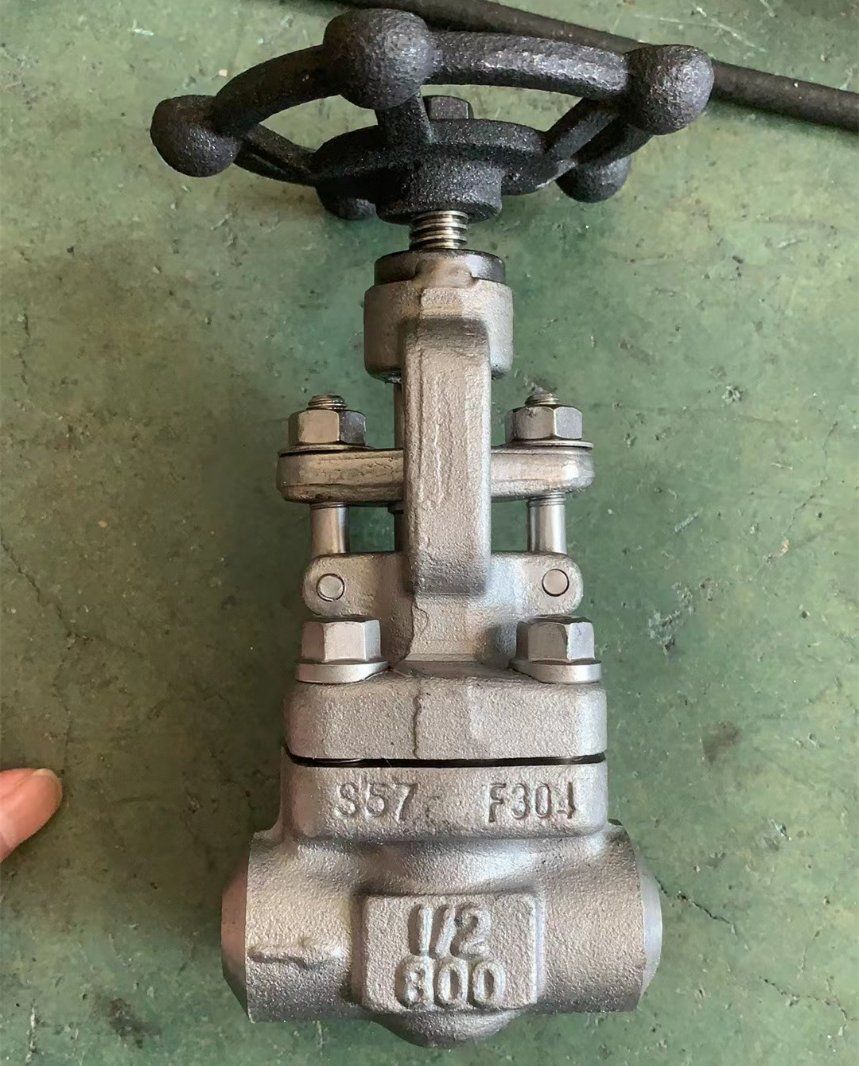|
Title: An Overview of Marine Valves: The Unsung Heroes of the Ocean's Depths
In the vast and unforgiving environment of the ocean, where precision and reliability are paramount, marine valves stand as the unsung heroes ensuring the smooth operation of ships, offshore platforms, and underwater pipelines. These robust devices, engineered to withstand the harshest conditions, play a critical role in controlling the flow of fluids, gases, and other media within marine systems. This article delves into the world of marine valves, exploring their types, functions, materials, and the technological advancements that make them indispensable in the maritime industry. Types of Marine ValvesMarine valves come in a myriad of designs, each tailored to specific applications and environmental challenges. The most common types include: Gate Valves: Known for their simplicity and durability, gate valves are used primarily for on-off control of fluid flow. They feature a sliding gate that moves perpendicular to the flow, providing a tight seal when fully closed. Globe Valves: These valves offer more precise flow control than gate valves, utilizing a disc that moves perpendicular to the seat to regulate flow. Globe valves are often used in systems requiring throttling or fine adjustment. Ball Valves: Characterized by a spherical closure element with a hole through it, ball valves provide quick and easy on-off control. Their design minimizes turbulence and pressure drop, making them ideal for high-pressure applications. Butterfly Valves: Lightweight and compact, butterfly valves use a disc that rotates on a diameter to open or close the flow path. They are popular in applications where space is limited and rapid operation is required. Check Valves: Also known as non-return valves, check valves allow fluid to flow in one direction only, preventing backflow. They are essential in maintaining system integrity and preventing potential hazards.

Functions and ImportanceMarine valves perform a multitude of functions vital to the safe and efficient operation of marine installations. They: Control Flow: Regulate the flow of oil, water, gases, and other fluids, ensuring optimal system performance. Isolate Systems: Enable isolation of specific sections of piping or equipment for maintenance, repair, or emergency shutdown. Prevent Leaks: Provide a secure seal to prevent leaks, which could lead to environmental damage or loss of system pressure. Throttle Flow: In some designs, valves can throttle flow to control pressure, temperature, or fluid levels. Enhance Safety: Act as critical safety devices, preventing overpressure, backflow, and other potential hazards.
Materials and ConstructionGiven the corrosive and high-pressure nature of marine environments, marine valves are constructed from materials that can withstand such extreme conditions. Common materials include: Stainless Steel: Highly resistant to corrosion and suitable for a wide range of temperatures and pressures. Bronze and Brass: Offer good corrosion resistance and are often used in less demanding applications. Titanium: Extremely corrosion-resistant and lightweight, ideal for deep-sea applications. Specialty Alloys: Such as Inconel and Hastelloy, are used in high-temperature or highly corrosive environments.
Technological AdvancementsThe marine valve industry has witnessed significant technological advancements, including: Smart Valves: Equipped with sensors and actuators, smart valves can monitor and control flow remotely, enhancing system efficiency and safety. Coatings and Linings: Advanced coatings and linings provide additional protection against corrosion and wear, extending valve lifespan. Seal Technology: Innovations in seal design ensure tighter, more reliable seals, reducing the risk of leaks. Compact Designs: Modern valves are designed to be more compact and lightweight, improving installation flexibility and reducing maintenance requirements.
ConclusionMarine valves, though often overlooked, are the backbone of marine infrastructure, enabling the safe, efficient, and reliable operation of ships, offshore rigs, and submarine pipelines. As technology continues to evolve, so too will the design and functionality of these essential components, ensuring they remain robust and reliable in the face of the ocean's relentless challenges. By understanding their types, functions, materials, and advancements, we can better appreciate the critical role marine valves play in the exploration and exploitation of the world's oceans.
|
|

